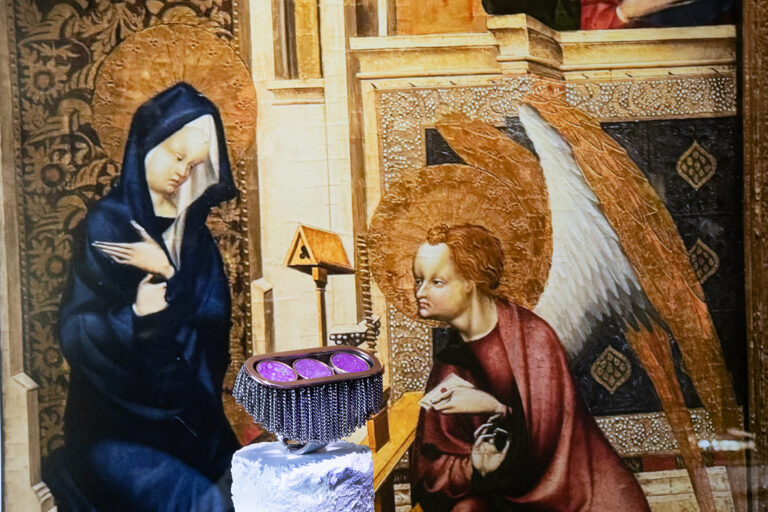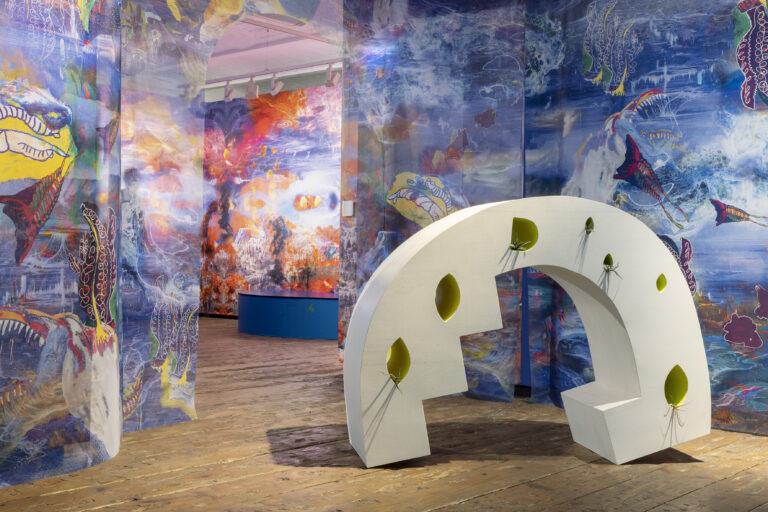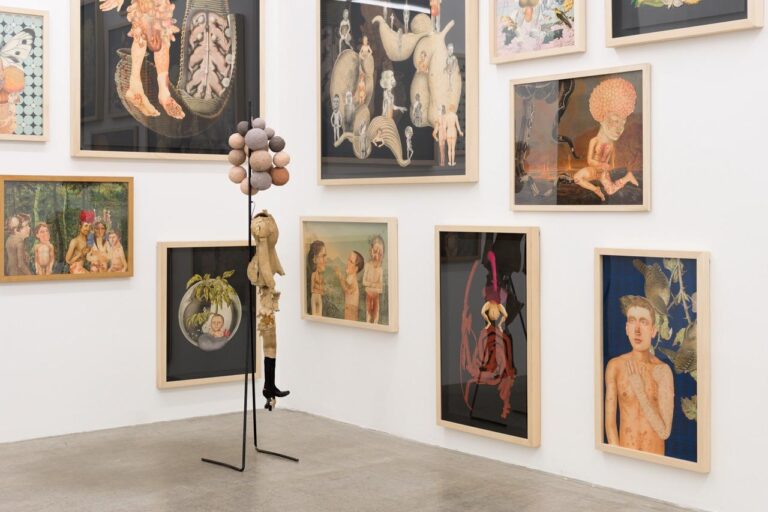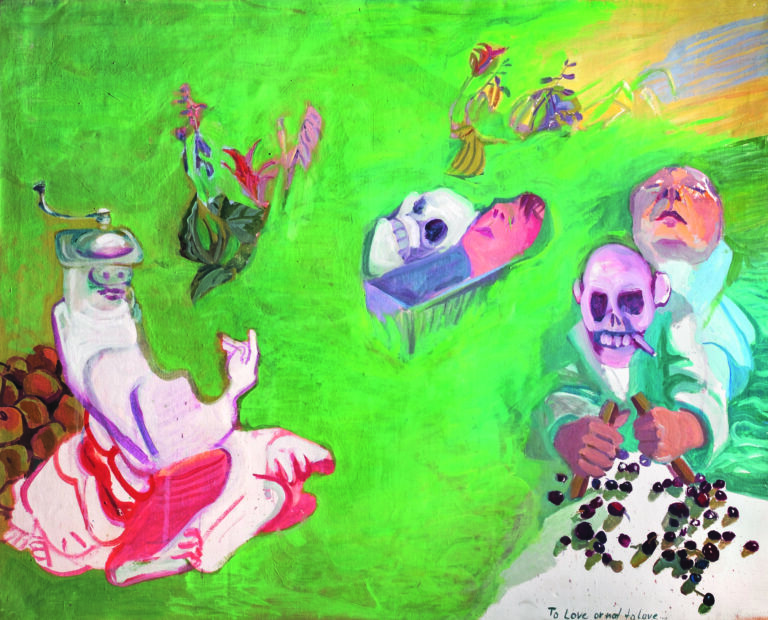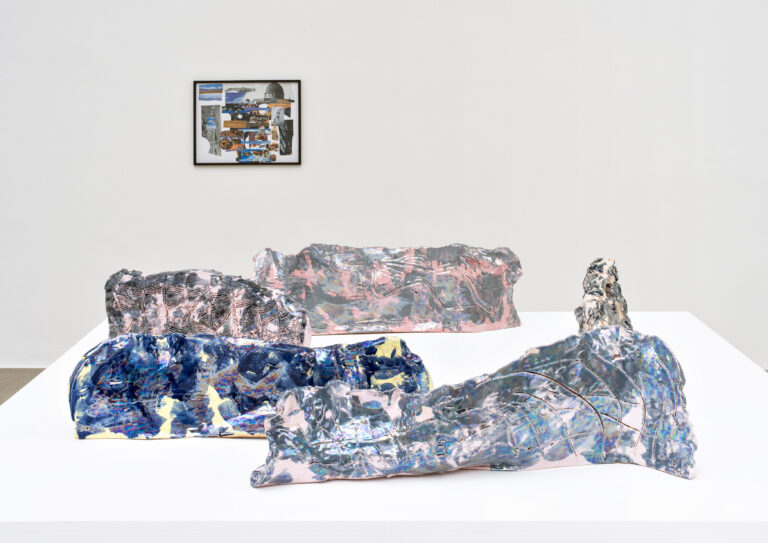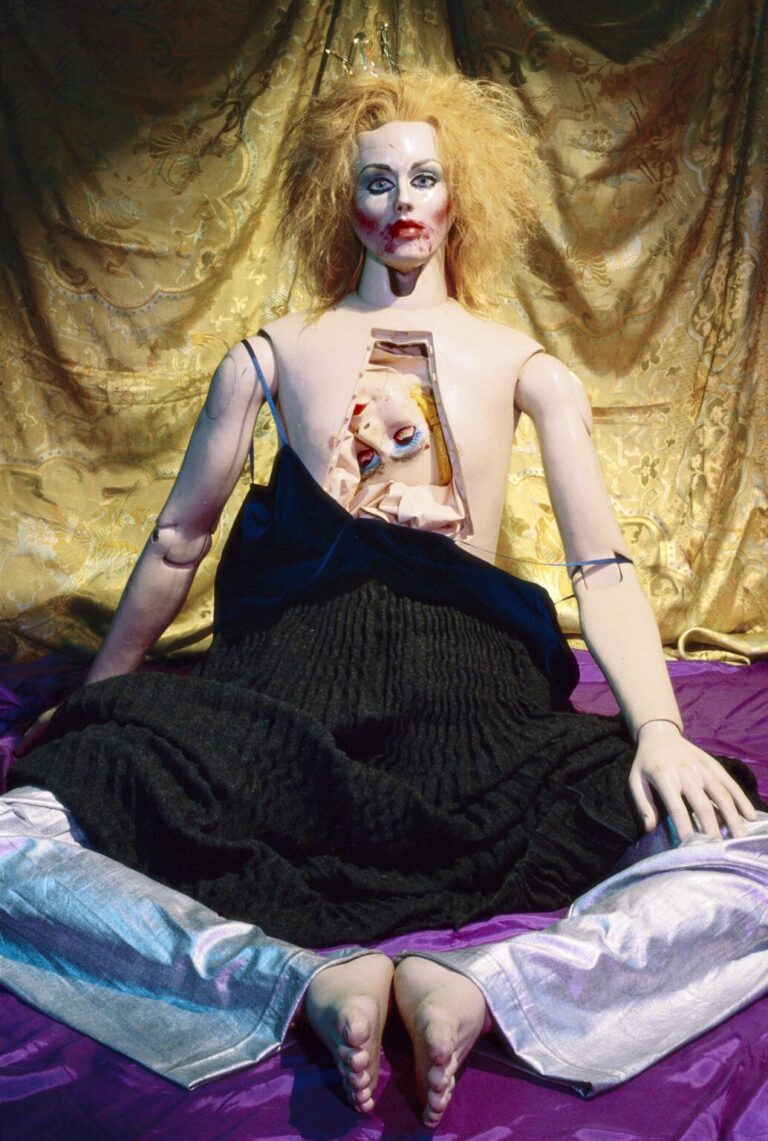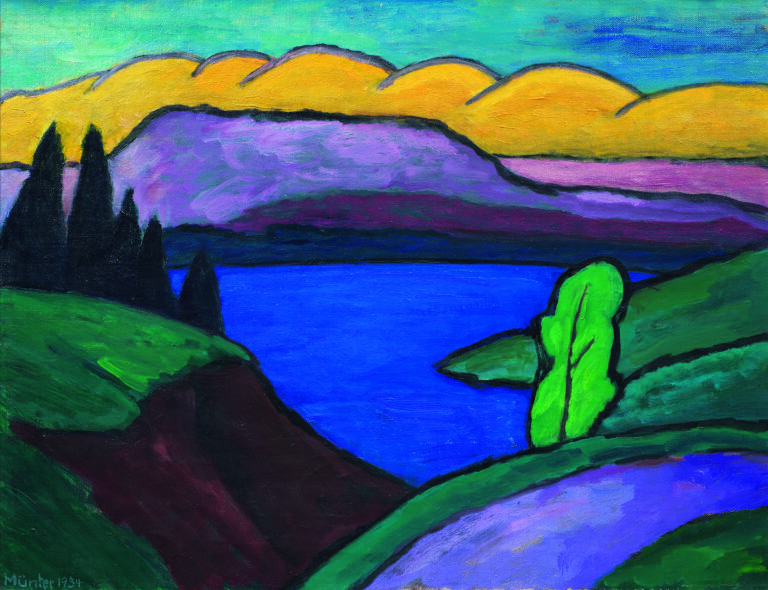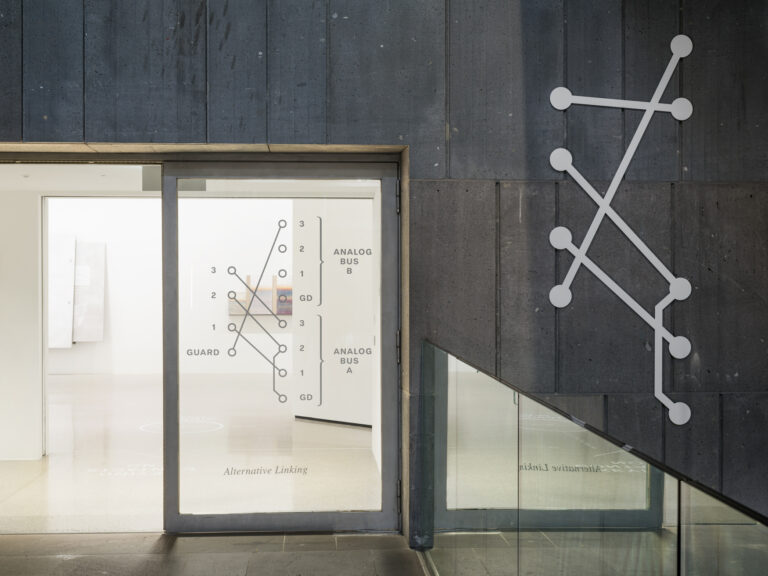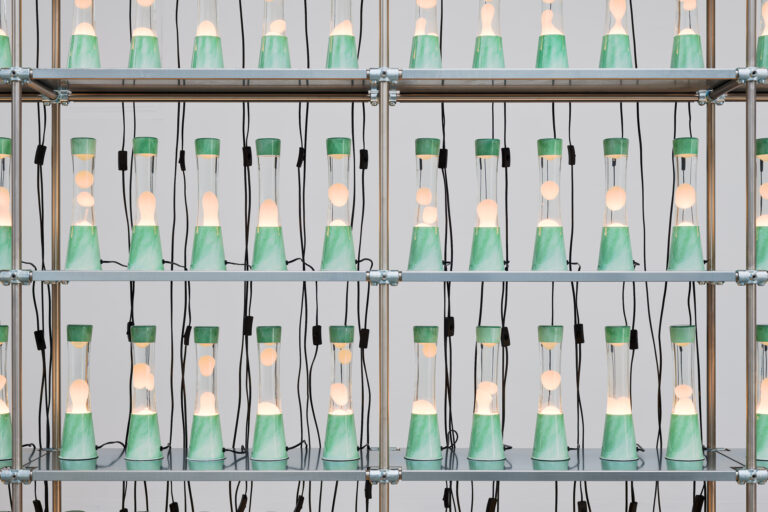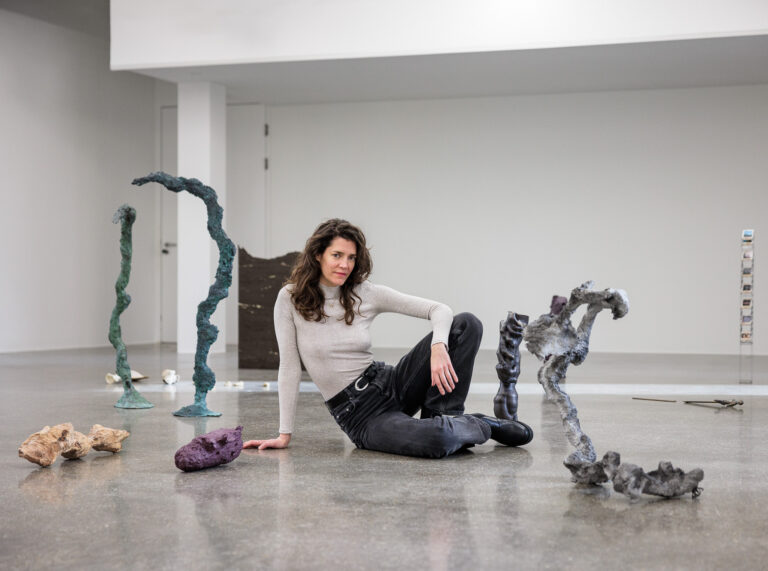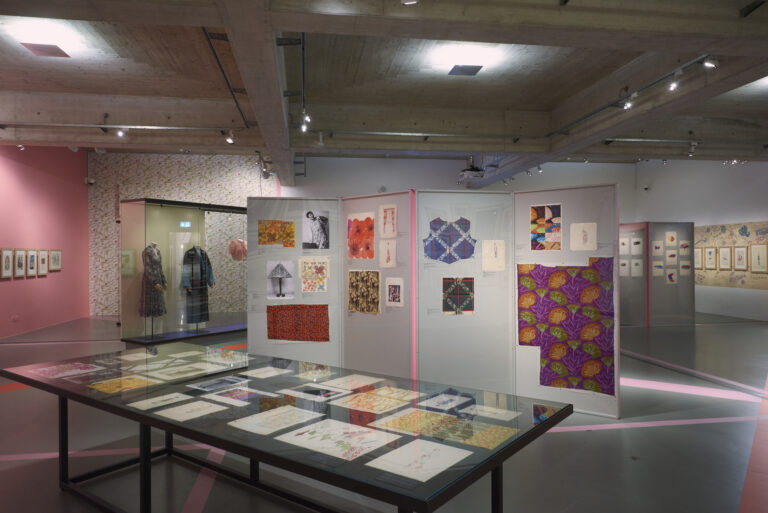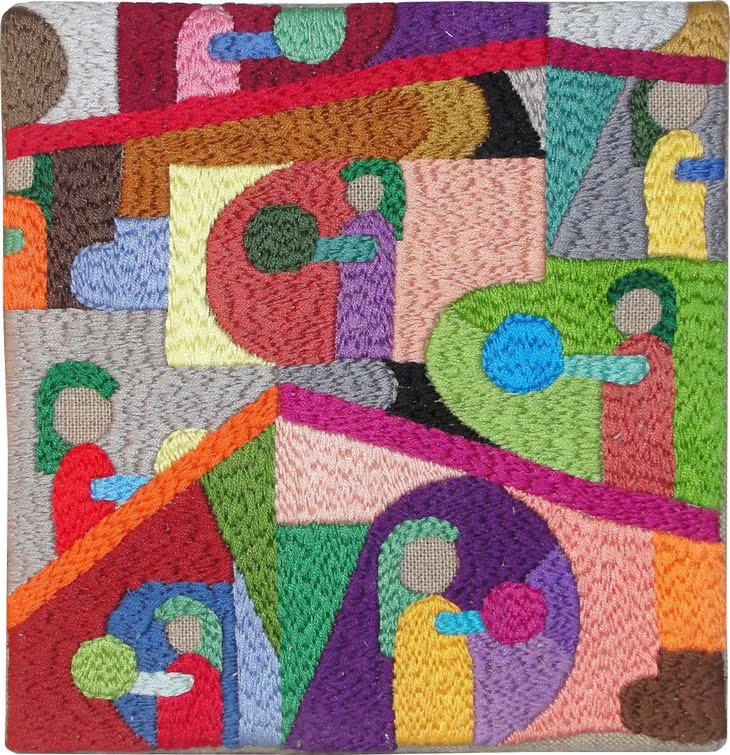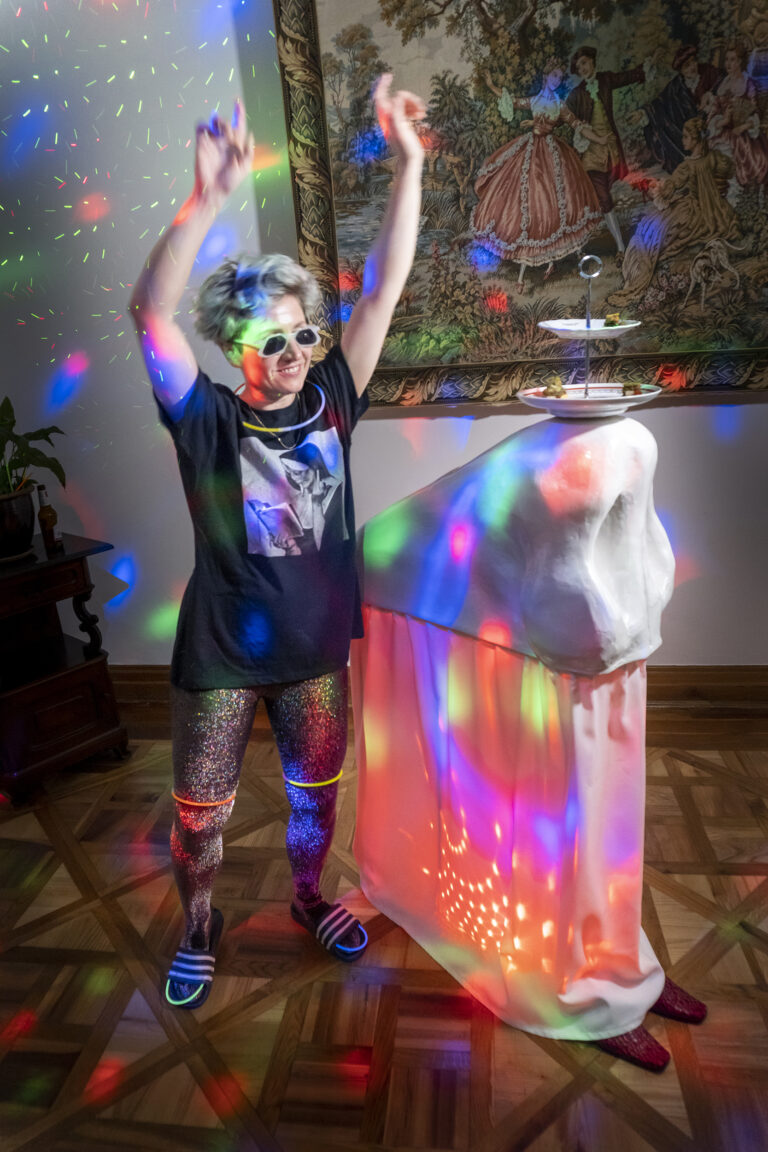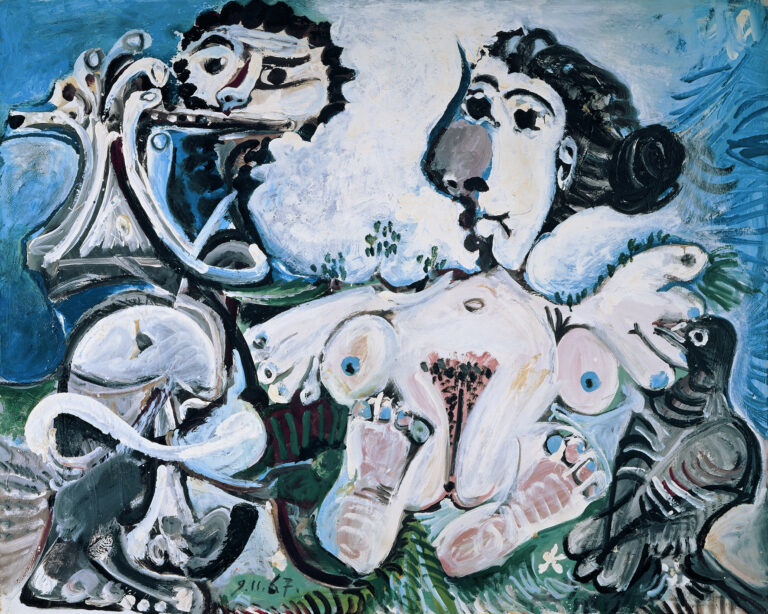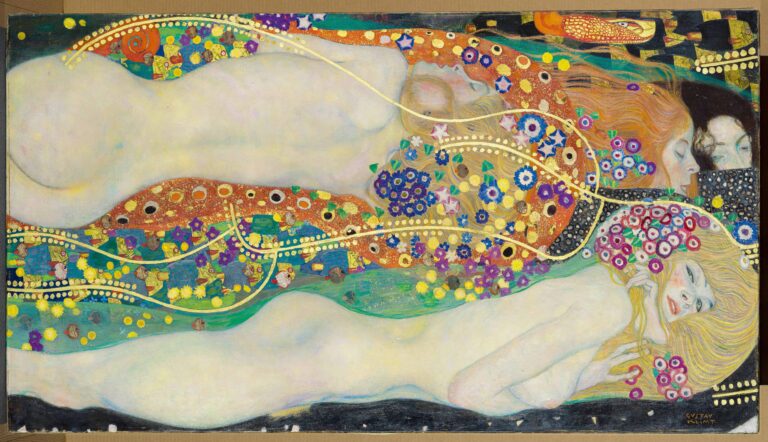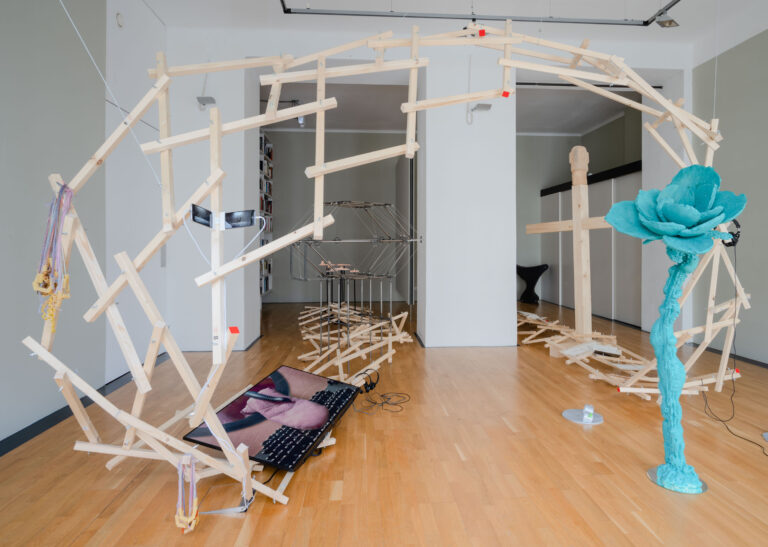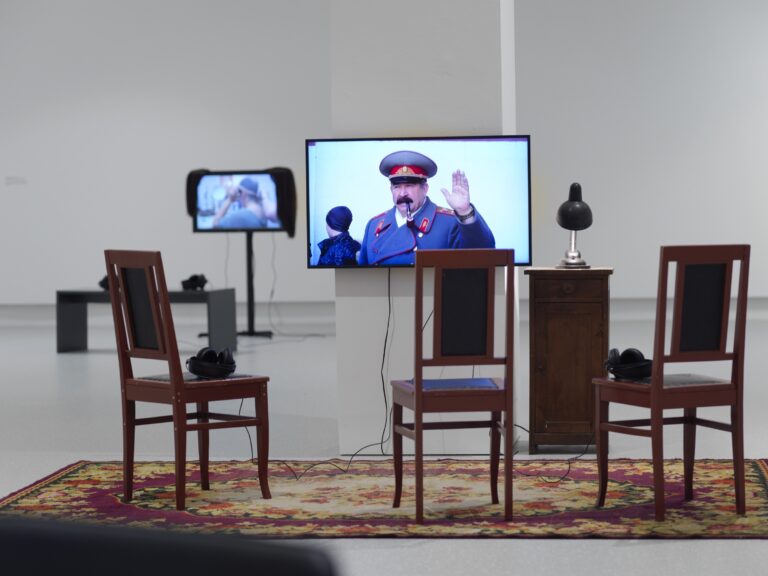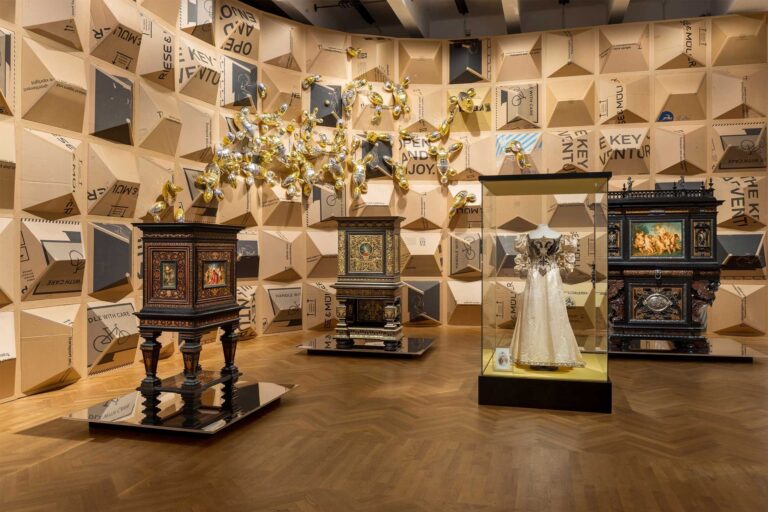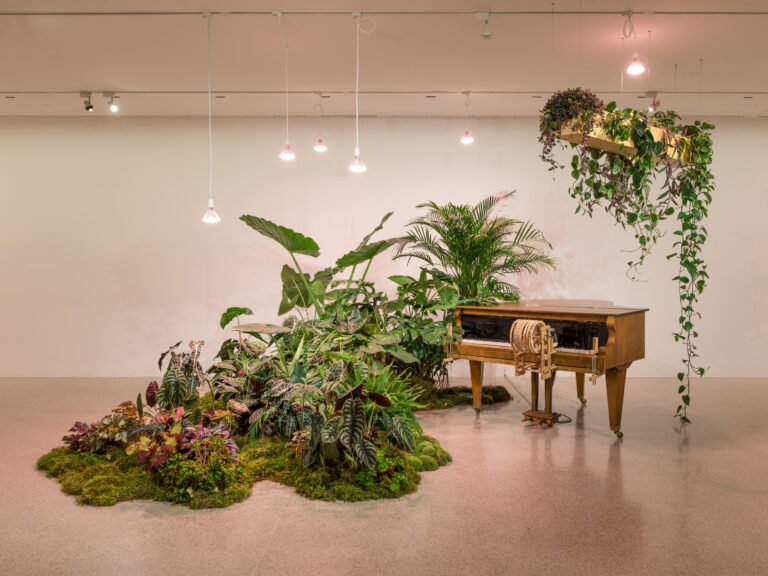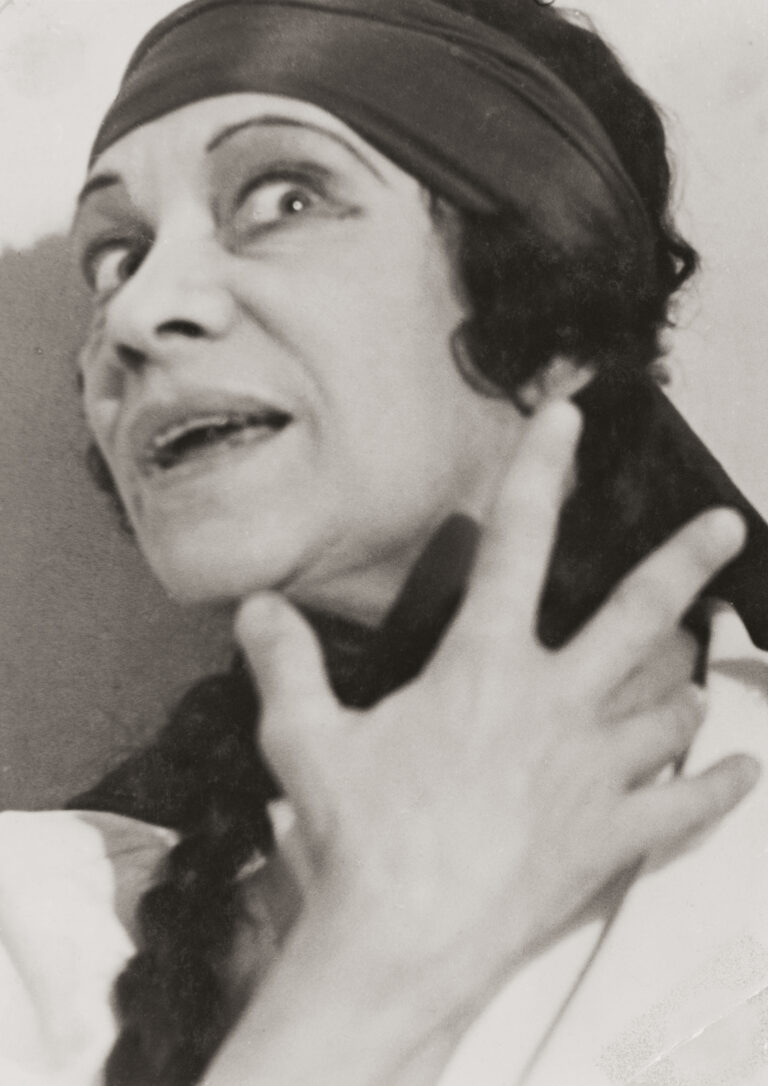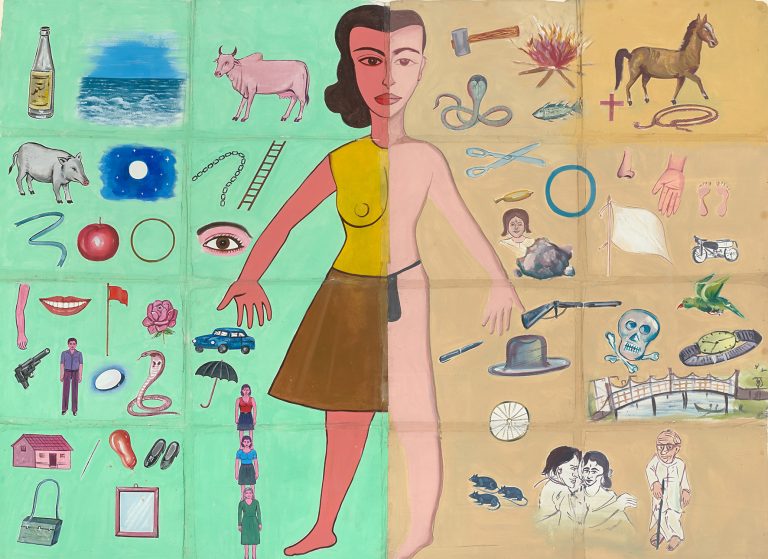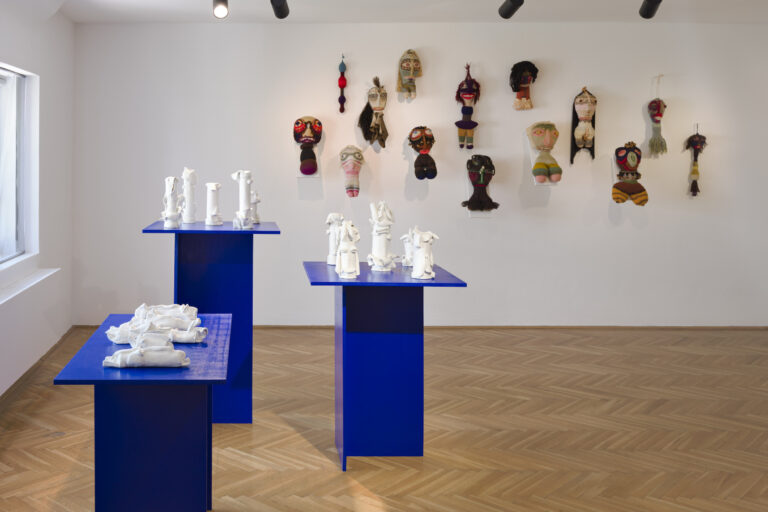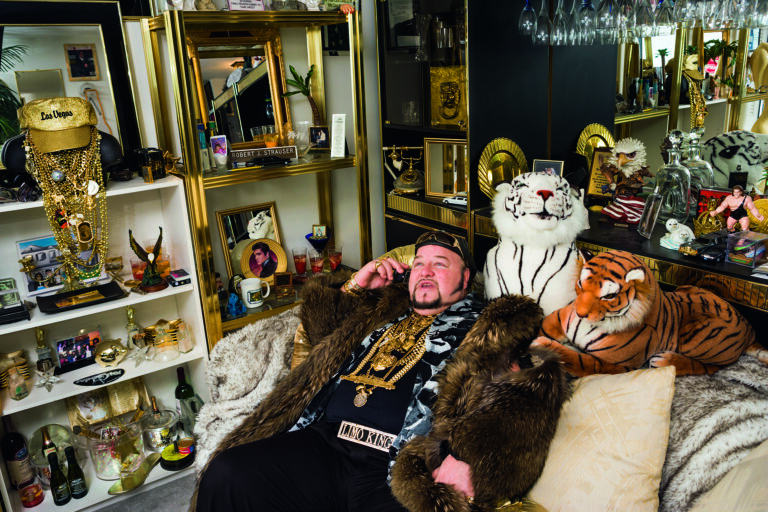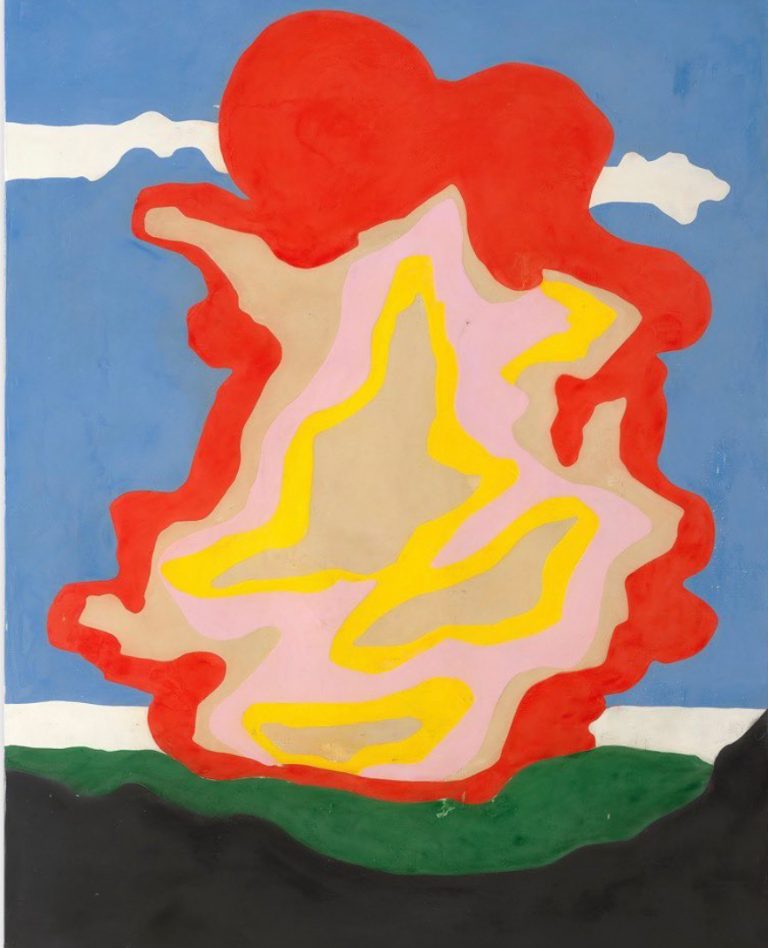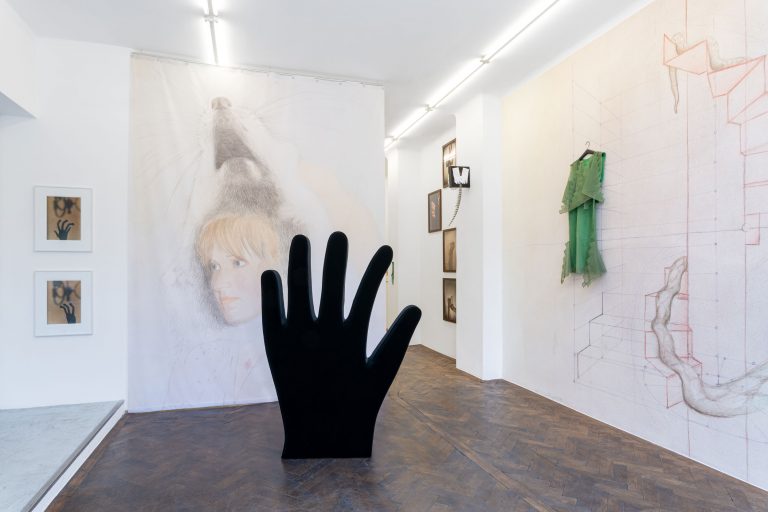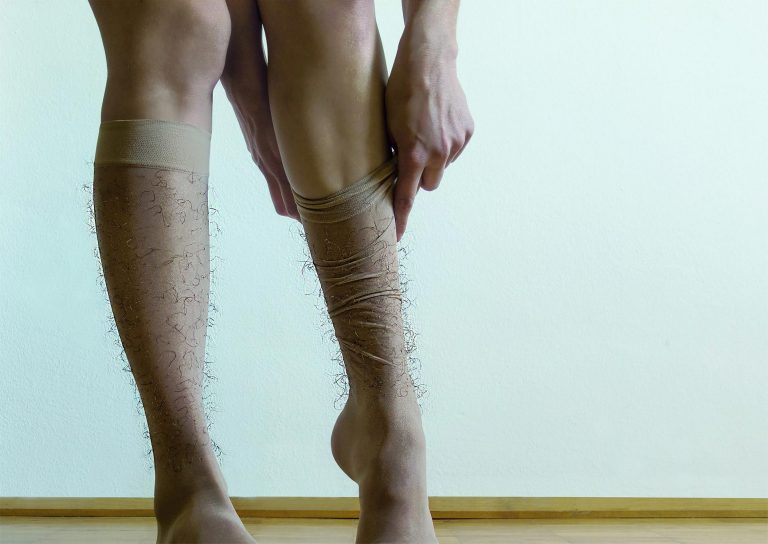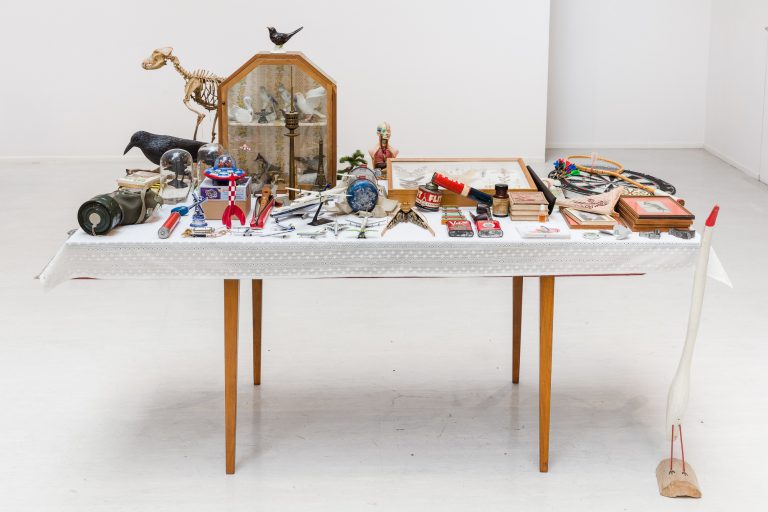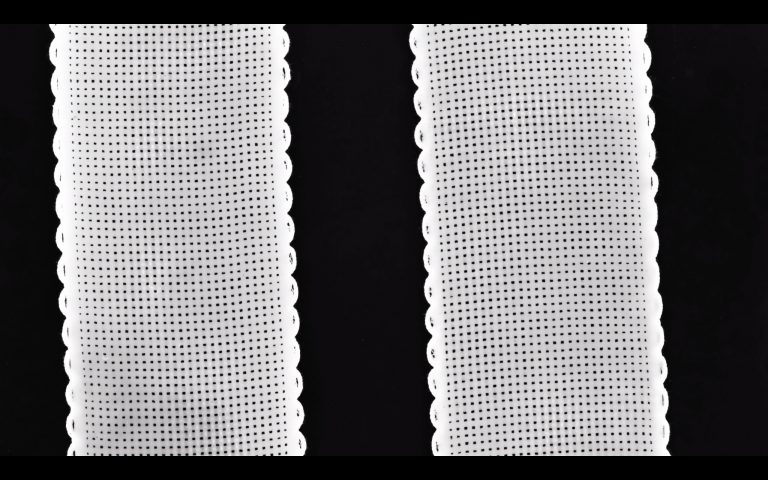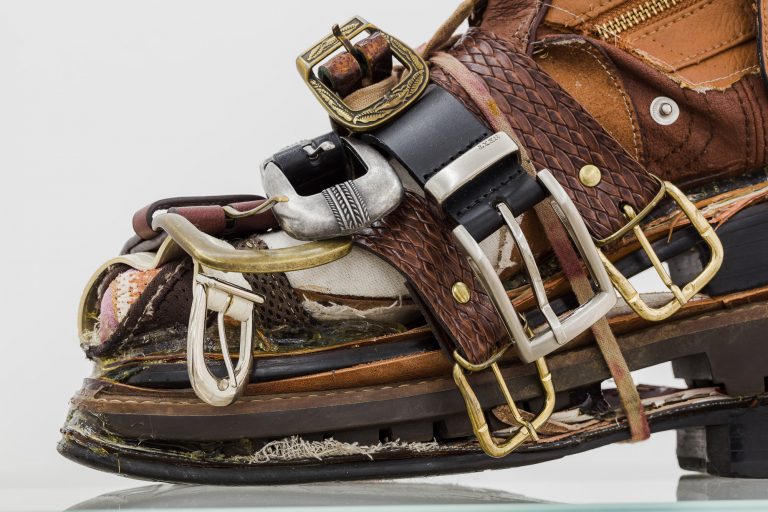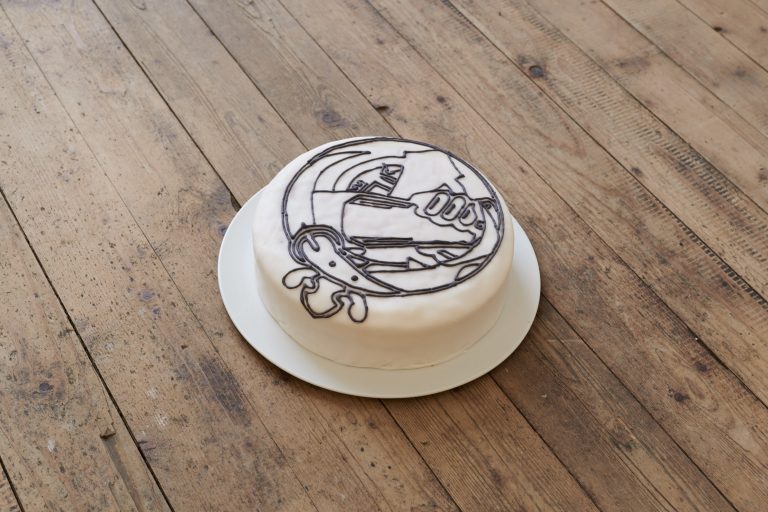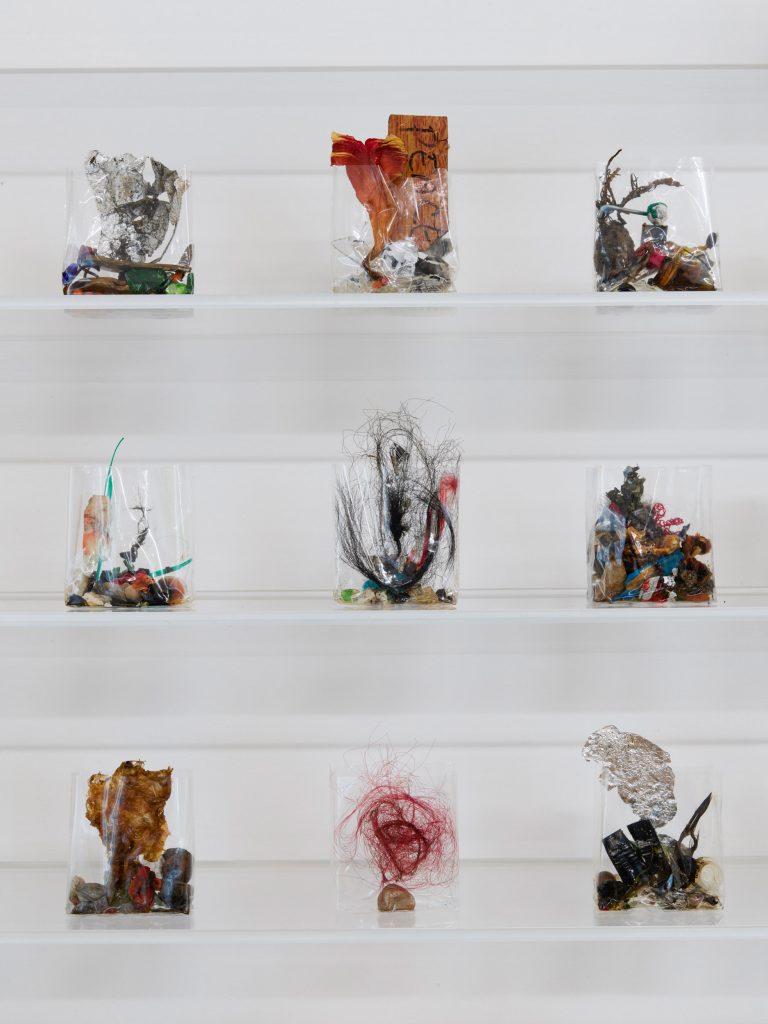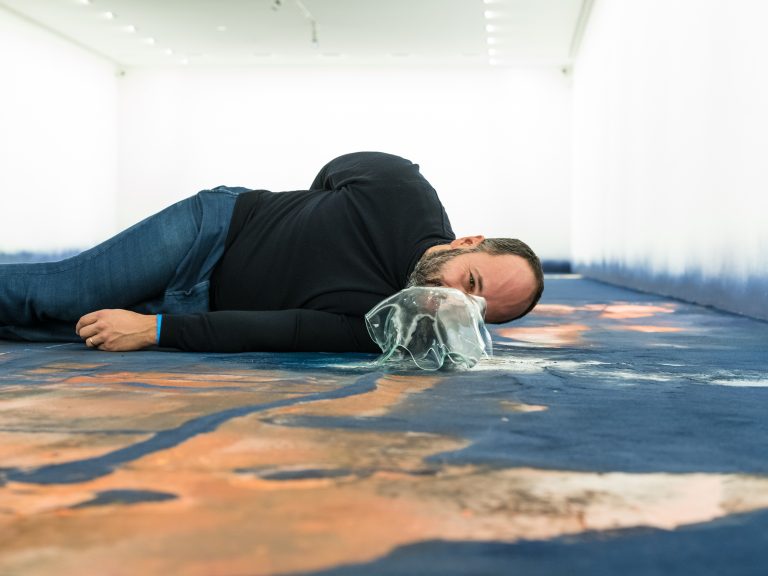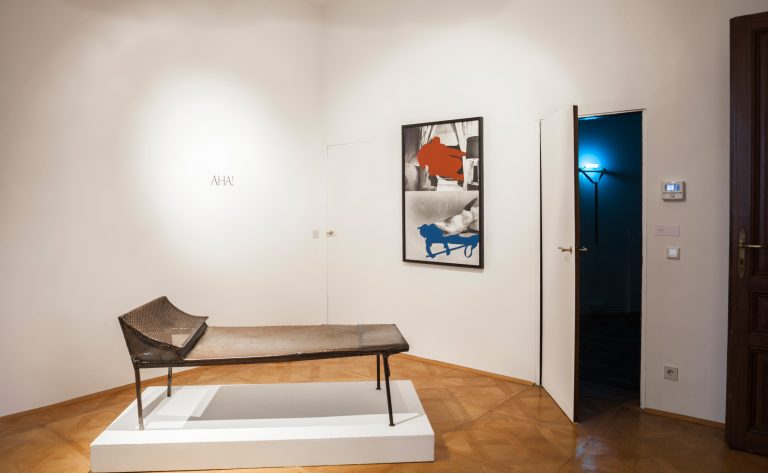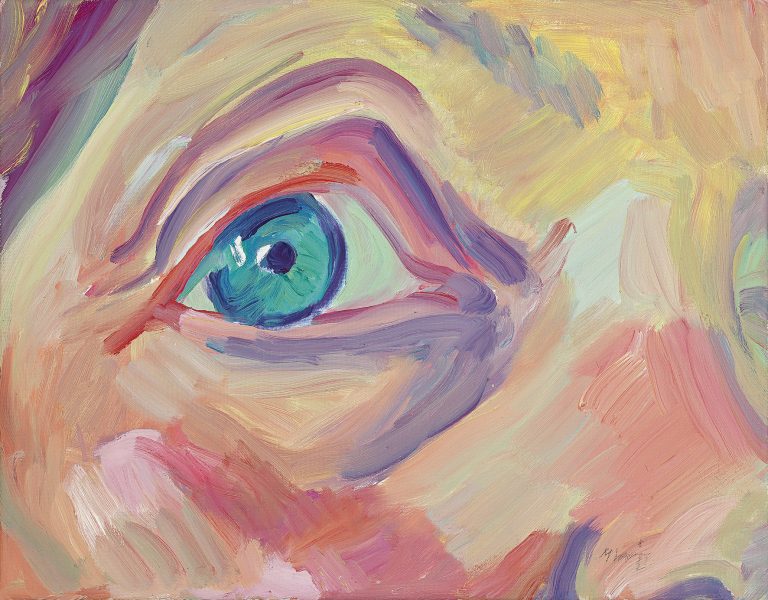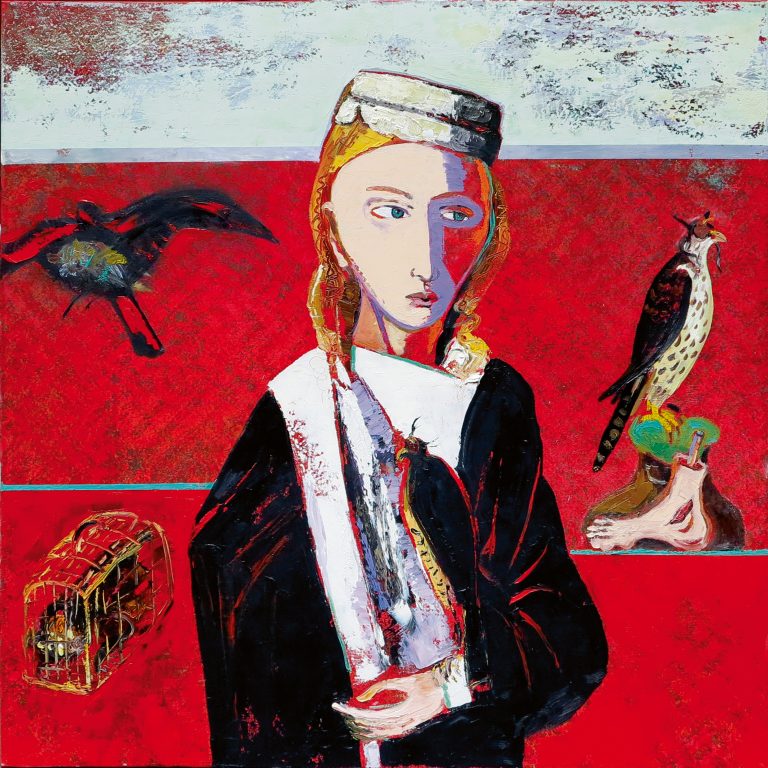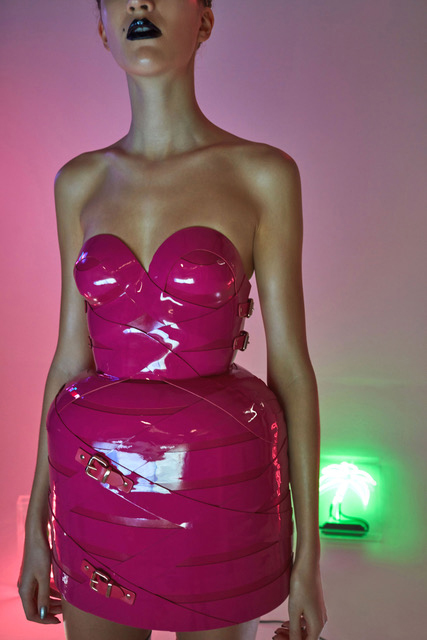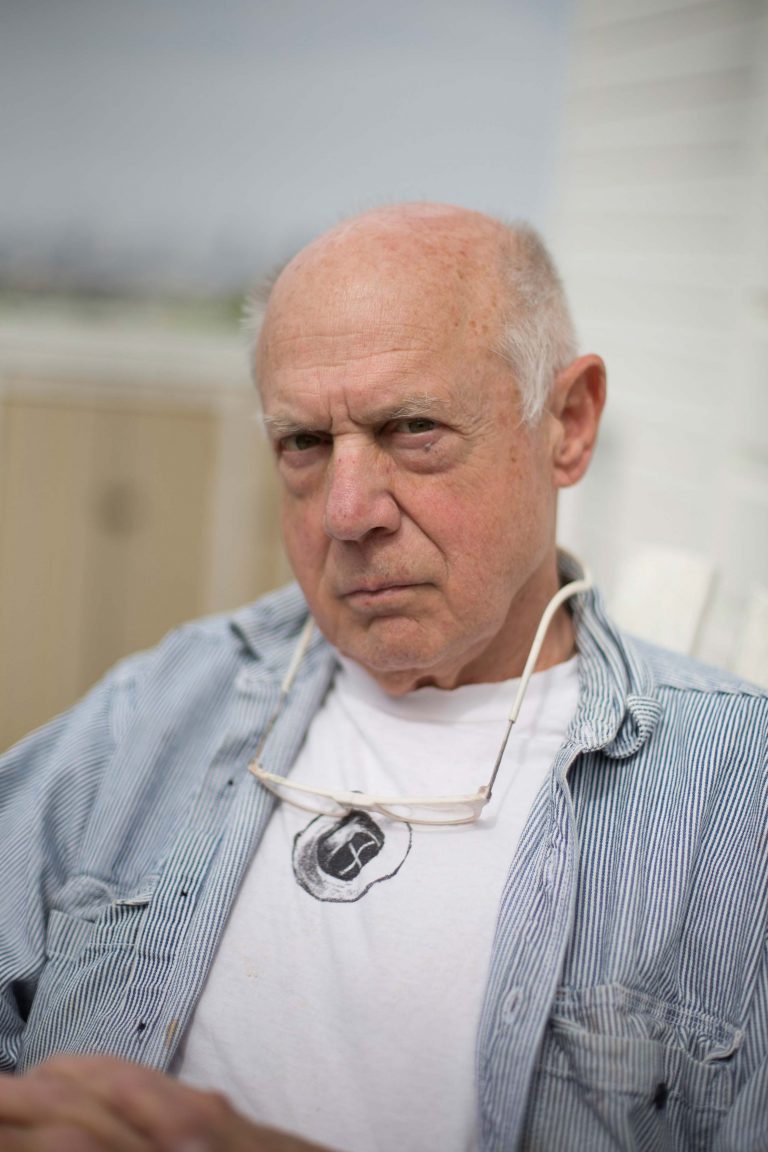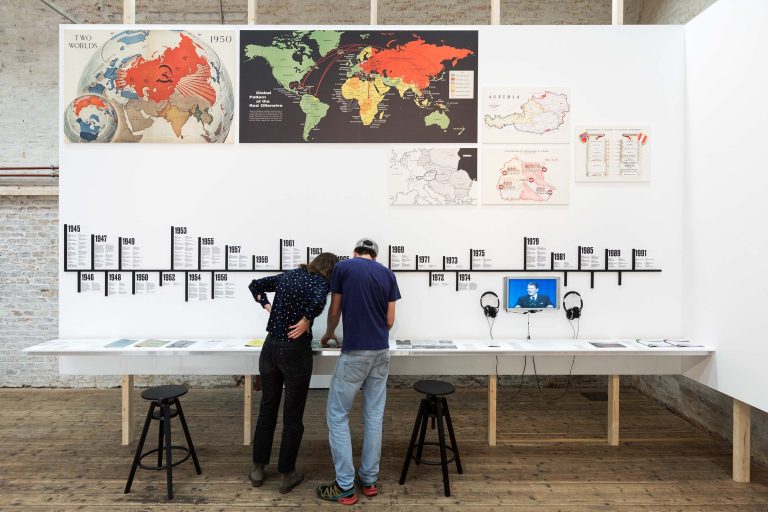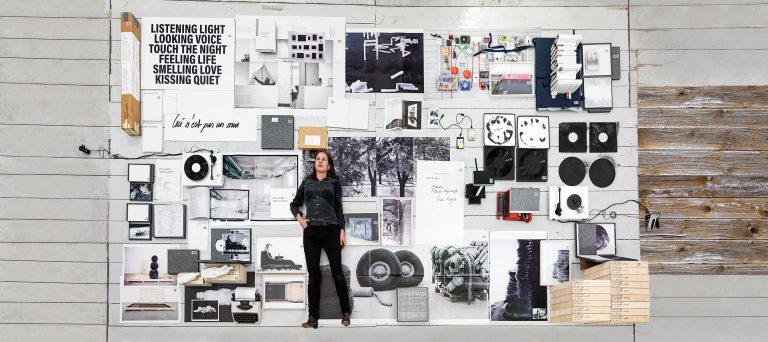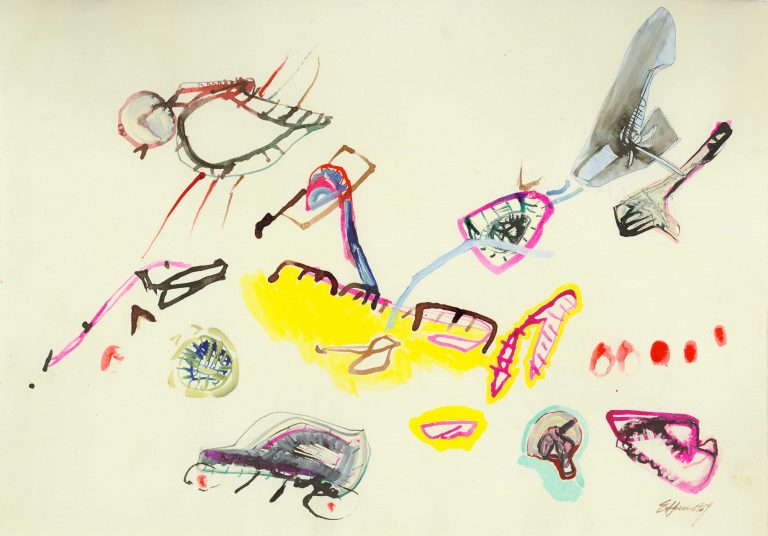Klopstock’s “Almost-Real Things” in the 18th Century – and Their Surprising Relevance Today
The new exhibition in the Academy's Paintings & Exhibit Galleries shows how revolutionary and topical the work of the former literary superstar is. A text by Sabine B. Vogel.
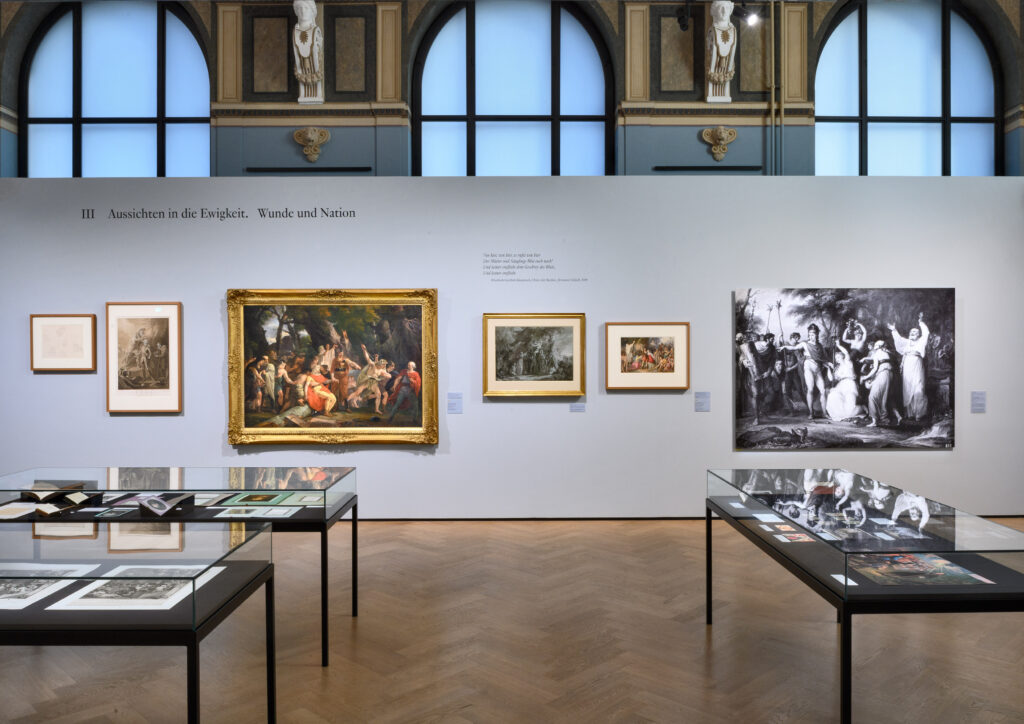
Exhibition view © Art Collections of the Academy of Fine Arts Vienna, photo: Iris Ranzinger
Today, the Saxon poet Friedrich Gottlieb Klopstock (1724-1803) is virtually unknown. But in the 18th century there was a veritable Klopstock cult – which is now the starting point for a highly exciting exhibition in the Academy’s Paintings Gallery on Schillerplatz.
“Wild Apollo’s Arrows. Klopstock Cult & Ossian Fever” is the title of the show by guest curator and ‘visual historian’ Alexander Roob. The starting point is Klopstock’s epic poem “The Messiah. A Heroic Poem”, with which he became the idol of a new movement in 1748. The rational thinking of the Enlightenment was replaced by the “exaltation of the emotions, the extremes”, as it is explained, the intrusion of the irrational. In contrast to the Enlightenment, the gaze was directed inwards from 1740 onwards in an abrupt change in cultural history. The fantastic and the spiritual make their entrance. The Ossianic Songs were written at around the same time. Ossian is the fictional author of epics of Celtic mythology from the mid-18th century, which inspired enthusiasm far beyond Scotland and contributed to the literary Sturm und Drang movement.
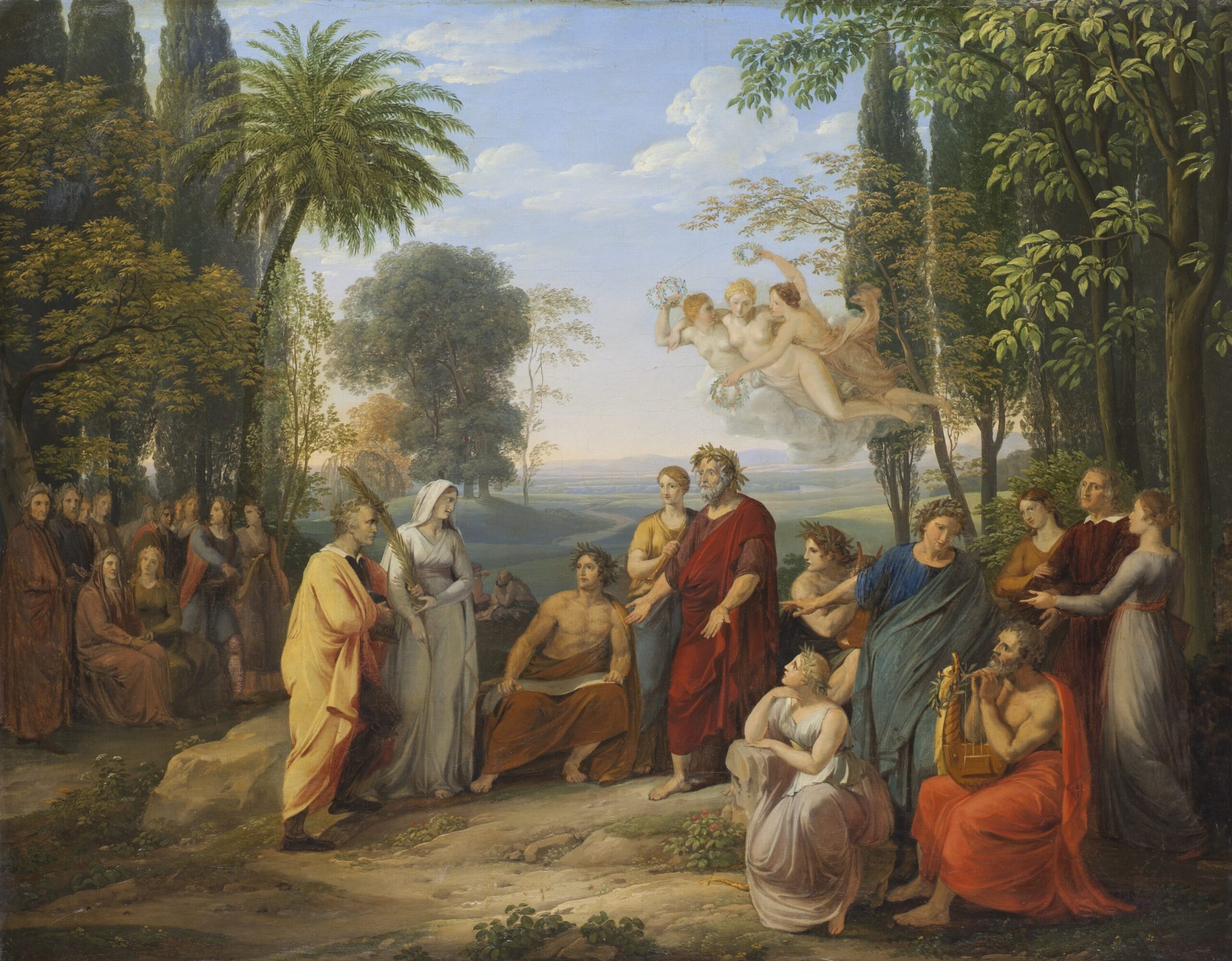
Josef Abel, Klopstocks Ankunft im Elysium, 1805 © National Gallery Prague 2024
In the exhibition, Roob explores Klopstock’s influence at the time with paintings, historical books, prints, scores and sound samples. Not only were numerous works of art created, but 45 composers also wrote 150 compositions based on Klopstock’s epic. A reproduction of William Blake’s print “Laocoön” from 1820 hangs right at the entrance to the picture gallery. In terms of time, it marks the end of the “escapism of high Romanticism”, but in the graffiti-like slogans surrounding the classical group of figures celebrated as the ideal of antiquity, it summarizes the central, “counterfactual” ideas of this “early socialist messianism”: The group of figures is explained as a copy of a Hebrew original, “a twisted adaptation of pre-modern Christian symbolism”.
The quotes are taken from the free brochure, which is highly recommended in view of the enormously complex exhibition theme. The first room is entitled with the catchy formula “Elysium is not. The Messiah”. The Messiah cycle by Heinrich Friedrich Füger, then director of the Vienna Academy, can also be found here. In 1797, he produced 22 illustration designs and 20 paintings in the same format. Only five survived a bomb attack during the Second World War. Elysium, the island of the blessed in Greek mythology, is contrasted in the movement with a national-mythical idea that is certainly based on republican ideas of freedom. Füger, however, placed too much emphasis on God as Messiah, which Klopstock disliked. In his poetics of affect transference, Klopstock instead assumes the power of deeply felt ideas, which he called “almost real things”.

Heinrich Friedrich Füger, Klopstock, The Messiah, Canto IX: Condemnation of the Soul of Judas Iscariot, 1813–1818 © Paintings Gallery of the Academy of Fine Arts Vienna
In the second room, William Hogarth’s graphic “Enthusiasm Delineated” with the scene of an evangelical church service from 1761 is magnificent. On the right-hand side, we can see a thermometer that indicates states of excitement of the degree of revelation, starting with “prophecy”, through agony and ecstasy to “joyful” – a biting criticism of the “catholicizing cult of images”. The third and final room is devoted to the theme of “Departure into the past”, beginning with drawings of haunting glimpses of the afterlife.
In addition to the fascinating historical works, the contemporary reference in the exhibition is also impressive. Roob sees many parallels, starting with the “epidemic of nationalism”, national mysticism, fake news and the “withdrawal from the rule of reason”. There is also a perfect reference to William Blake’s graphic in the entrance: “Where any view of money exists, there is no art, only war.” In contrast, the works by Academy students included in the exhibition, created in the curator’s seminar, show an enormous gap to the visual art of the time.
Wild Apollo’s Arrows. Klopstock Cult & Ossian Fever
Academy of Fine Arts Vienna
Paintings Gallery & Exhibit Gallery
Schillerplatz 3, 1st floor, 1010 Vienna
(March 7 – May 25, 2025)

Motif combining works by Johann Peter Pichler after Heinrich Friedrich Füger, Homer Reciting, 1803 © Graphic Collection of the Academy of Fine Arts Vienna, and Carl Wilhelm Kolbe the Elder, Ice-skating Bard („Braga“), 1793–1794 © Hamburger Kunsthalle, Kupferstichkabinett / bpk photo: Julia Bau, Design composite motif: Beton

